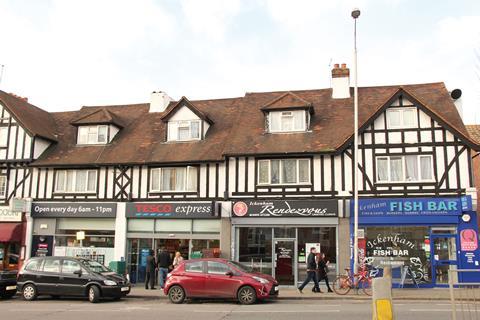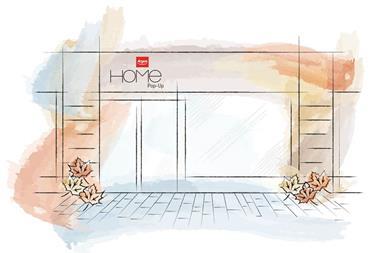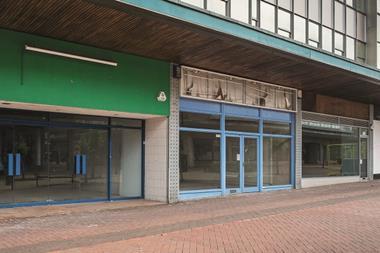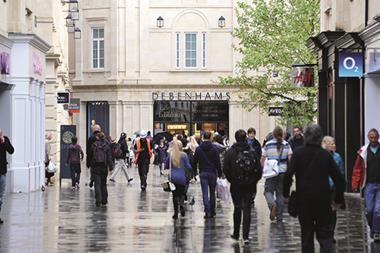Town centres are clearly under the spotlight. One of the key recommendations in the recent Grimsey Review was “to accept that there is already too much retail space in the UK, and that bricks-and-mortar retailing can no longer be the anchor for thriving high streets and town centres”.

At the same time, Global Data reports that “while the click & collect market is set to increase 55.6% over the next five years to reach £9.6bn in 2022, growth will slow as the market matures”.
Given that retail alone can no longer anchor a town centre and the long lead-in times needed for major regeneration plans to come to fruition, the industry should be considering how to respond to these wider consumer trends when addressing the review’s findings.
One-size-fits-all is clearly not the right approach. But the same starting point is useful. Being able to answer the questions ‘who are our customers?’ and ‘what do they need?’ will provide a vision with focus and longevity. A carefully considered, future-proofed masterplan robust enough to appeal to multiple customer groups while still offering a unifying town-centre vision is essential.
Find out more - Grimsey and Revo outline high-street rescue plans
This approach also brings with it the differentiation and variety needed to make towns places people want to visit more often; clone towns have had their day. Town centres should be encouraging residential development to help boost evening trade and to provide local living for the older generations.
Add to that cultural buildings, a vibrant office offer, meeting hubs, crèches and day nurseries, nightlife, leisure and entertainment venues, outdoor artisan markets and pop-up food stalls and health and wellbeing, and there is more choice than ever before.

Working sensitively to reflect each town’s unique identity will help improve this experiential offer. Drawing on local culture and heritage adds character.
But whatever the final mix, there are fundamental aspects that must be considered. Good road access and transport interchanges are always important. Free parking is key for those who do drive, while an evening economy boosts footfall further.
Above all, consumer habits will always evolve and towns need to be planned in a way that ensures they can respond flexibly over time. Thinking more clearly about what customers want should refocus everyone involved on injecting life back into struggling town centres.
Local authorities can lead the charge, but need enduring partnerships with key stakeholders who have a similar long-term vision. Active engagement, from landlords and funders as well as retailers, leisure operators and their advisers, should mean that town centres can more successfully thrive in tandem with online retailing maturing.





























No comments yet